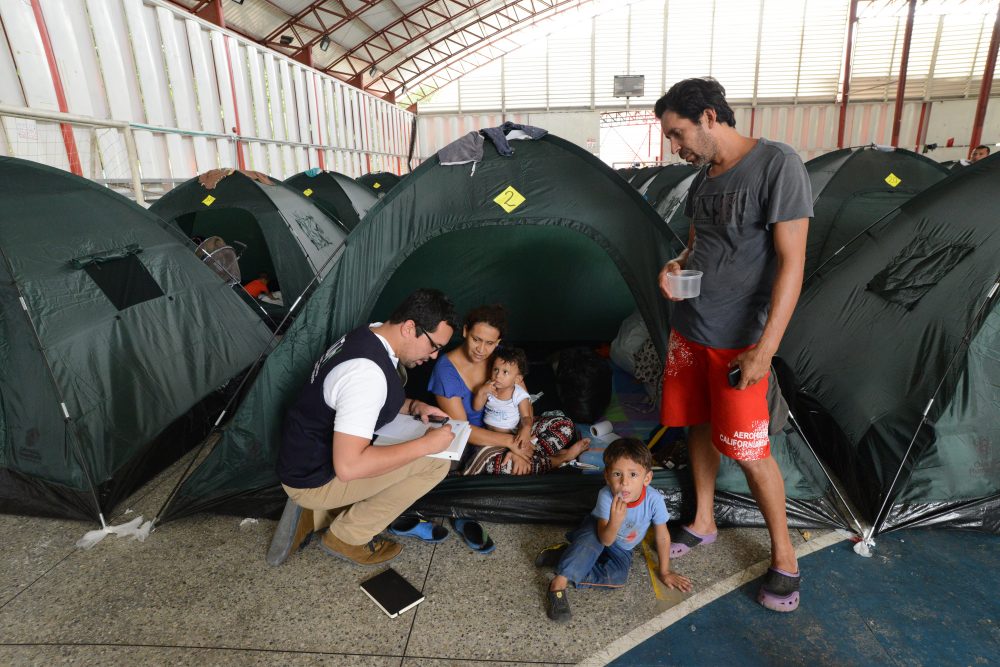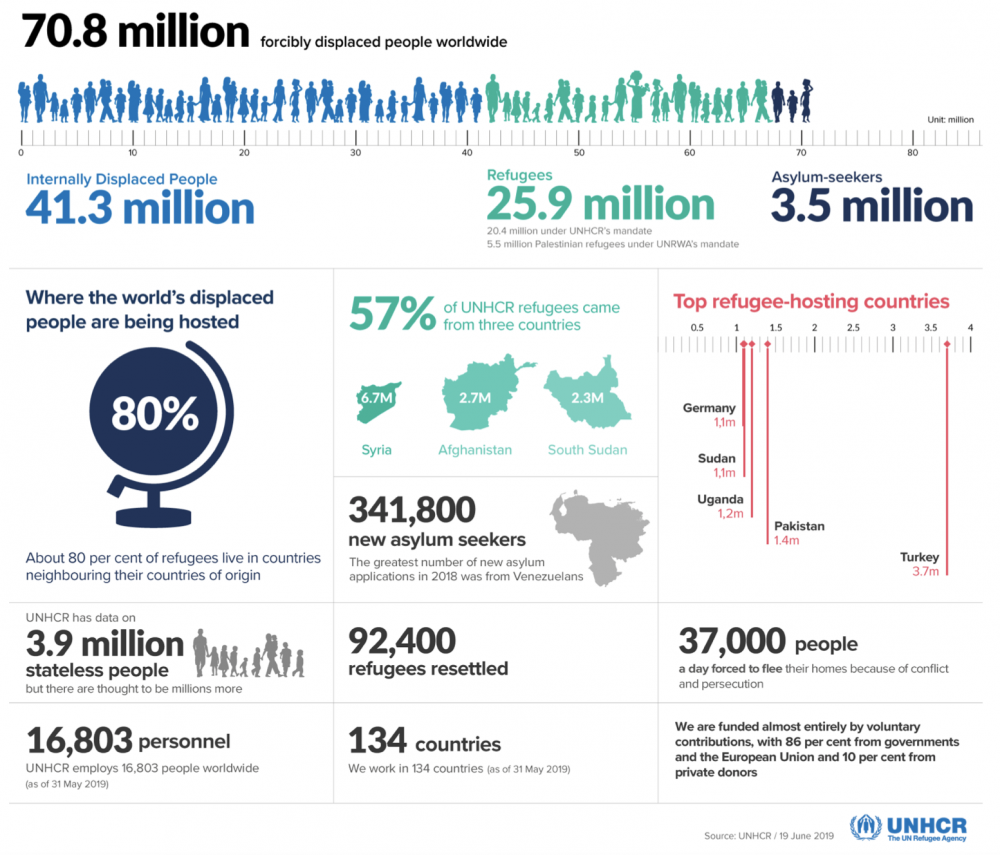World Refugee Day: What to Know and Do
Given the spate of hurricanes, wildfires and floods over the past two years, the work of the Center for Disaster Philanthropy (CDP) may have appeared to be fairly domestically focused… but that is not so. Our founding story includes learnings from the Boxing Day Tsunami of 2004, the Pakistan Earthquake of 2005, and more recently […]

Given the spate of hurricanes, wildfires and floods over the past two years, the work of the Center for Disaster Philanthropy (CDP) may have appeared to be fairly domestically focused… but that is not so. Our founding story includes learnings from the Boxing Day Tsunami of 2004, the Pakistan Earthquake of 2005, and more recently the earthquake in Nepal, Typhoon Haiyan, Cyclone Idai, flooding in Kerala, the global refugee crisis initiating from Syria, and countless other humanitarian crises and complex humanitarian emergencies affecting millions of lives annually.
Today is World Refugee Day. The United Nations (UN) created the day in June 2016 to send a message to governments that they must work together and do their fair share for refugees. Per the UN, this day is also to “commemorate the strength, courage and perseverance of millions of refugees.”
Here are three things I would like for you to know and do after reading this blog:
1. Know the definitions for both refugee and internally displaced person (IDP) – they are different in important ways.
A refugee is someone who has been forced to flee his or her country because of persecution, war or violence. A refugee has a well-founded fear of persecution for reasons of race, religion, nationality, political opinion or membership in a particular social group.
An internally displaced person refers to persons or groups of persons who have been forced or obliged to flee or to leave their homes or places of habitual residence, in particular as a result of or in order to avoid the effects of armed conflict, situations of generalized violence, violations of human rights or natural or human-made disasters, and who have not crossed an internationally recognized state border.
In a nutshell, refugees are conferred legal status and rights because they have crossed an international border. By contrast, IDPs have no such legal standing.
2. Know the numbers.
According to UNHCR, the UN Refugee Agency, data, there are:
- An unprecedented 70.8 million people around the world who have been forced from their homes.
- 41.3 million people are internally displaced.
- 25.9 million of those individuals are refugees and over half are under the of 18.
- 3.5 individuals are asylum seekers (a person who has left their home or country as a political refugee).
- Of these, UN has data on an estimated 3.9 million stateless people – but there are thought to be millions more. According to UNHCR, this means they are denied a nationality and access to basic rights such as education, healthcare, employment and freedom of movement.
Again, according to the UNHCR: We are now witnessing the highest levels of displacement on record.

3. Know what to do.
There are tangible, actionable things that funders of all types can do now to support refugees and internally displaced persons.
- Strengthen assistance to refugees within the U.S. Each year the U.S. admits tens of thousands of refugees who are escaping conflict. Donors can play an important role in helping them integrate into local communities. Public information and education could be strengthened to build support for more effective refugee policies.
- Support ongoing efforts to implement international principles, policies and laws concerning refugees and IDPs. In addition, work to ensure those displaced are recognized as citizens with rights.
- Give generously! Fund organizations that programmatically focus on supporting the needs of refugees and IDPs. InterAction, a close partner of CDP, has a membership of ~190 organizations, many support educational, housing, camp management, protection, livelihoods, nutrition, health, emergency telecommunications, water, sanitation and hygiene (WASH) and logistics. Make this DO simple – go on InterAction’s website, read about their members, visit the member website and make a donation.
Much about disaster philanthropy is complicated – but supporting World Refugee Day through social media channels, and directly supporting organizations undertaking this work, is not that difficult. And, if you follow one of my to do’s listed above, please shoot me an email and let me know what you did … and what you’ll continue to do!
More like this

Record Refugee Numbers Demand Action

